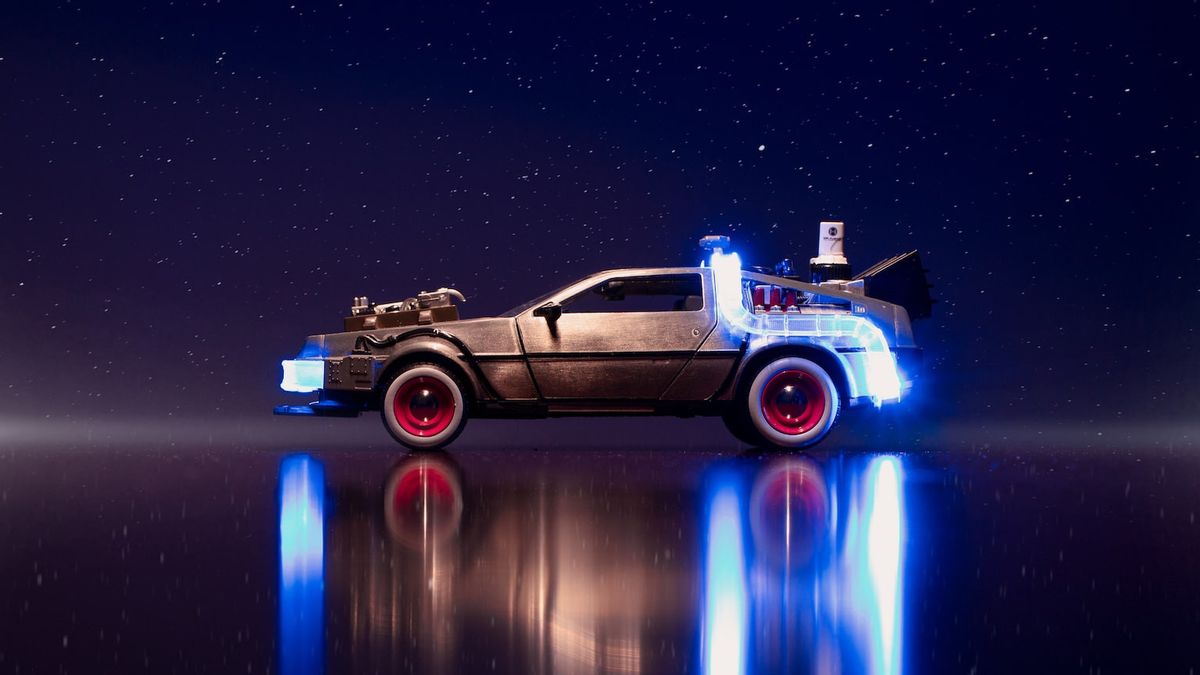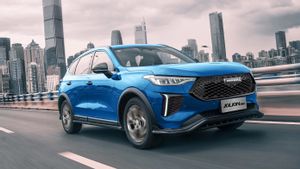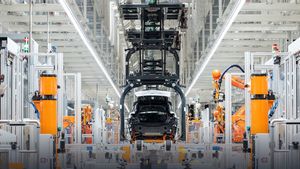YOGYAKARTA - What will future transportation look like? Along with technological advances, dramatic changes to urban transport will occur on our roads and skies. While some of these ideas appear to be light years, such as flying taxis and pods carrying passengers at speeds of 600 miles per hour, many of these transformative ideas are already in design, in testing, or just a few regulatory steps from reality.
As the world of transportation develops, we are faced with big questions. Who will be responsible for paying for collisions involving driverless cars? Is that the driver's car insurance company or manufacturer's insurance? Until now, the car company has paid bills for accidents so research and development don't slow down, but will likely turn once driverless cars become mainstream.
Below, we see the trends of this emerging technology and the social changes it might cause. Directly to infographic or more in a problem that this technology is trying to solve by making transportation safer and more secure.
Innovation in transportation can improve our lives by reducing stress, anxiety, costs, and death. Here are six transportation innovations that have been engineered:
Flying taxis
This air transport method has been prototyped by at least 20 companies. Flying taxis will move passengers over the city on small planes. The hope is that this flying taxi will provide a safe ride and at affordable prices (like $77 from Manhattan to Kennedy International Airport) that doesn't disturb the people below.
The biggest challenge facing flying taxis is cost and regulation. Building a safe and durable aircraft at a cost that makes sense is unlikely given the current market trend and the long regulatory process is still waiting with the Federal Aviation Authority.
Driverless cars
Currently in the testing phase, the future of driverless cars seems unavoidable despite doubts from consumers. The rejection comes from questions surrounding safety and regulations. Tesla's autopilot system is already on but several accidents have been reported, although Tesla has stated that "events like accidents" are still much more likely to happen with the autopilot shut down. Audi, Uber, and Volkswagen are also on their way and are making headlines for their driverless vehicles.
Perturbed drivers are the main cause of death on US highways, and driverless cars hope to eliminate this entirely by using robots rather than humans to operate vehicles. Driverless cars will also be designed to reduce risk and reduce speeding incidents. But these cars come at a fairly high price the anticipated costs exceed 100,000 US dollars. Some other setbacks include privacy concerns, ethical questions, legal consequences, and more.
Maglev Train
These high-speed trains use magnetic levitation from strong electromagnets to travel at high speeds with less noise and vibration than traditional trains. They also tend to experience delays due to weather and mechanical due to decreased vibrations and friction.
Since maglev trains are not powered by fossil fuels, they are also better off for the environment. The "machine" is a magnetic field created by combining electrical coils on the walls of guides and trajectories, which causes the train to move forward.
In 2018, there will be six Maglev lines operating for the public interest. All of these lines operate outside Asia but it is expected that the maglev train will expand to the US by 2020. The first US maglev train will connect Washington DC and Baltimore, then expand its route to New York.
Delivery drones
The first UPS drone delivered prescription drugs to homes in the US in October after receiving certification from the Federal Aviation Administration. This is the least drone delivery restriction received to date, meaning that the FAA is likely preparing for the idea of full-scale commercial delivery.
Although the technology is already here, drones still have a way to get through the regulatory phase before launching for full-scale commercial shipping. Currently, UPS is limited to shipments in rural and hospital campuses. Since drones do pose a risk to life and property, they need to prove long-term reliability before becoming "type-certified" by the FAA and similar international regulators.
Hyperloop
Elon Musk compiled another transportation concept called a hyperloop, which is a transportation tube that will run a group of passengers or goods through a pressure line. Hyperloop will run at a high speed of 600 mph or more.
Many companies are working to realize this vision, and we can see the fastest passenger service hyperloop in 2021.
Sub-district road
Elon Musk reorganized the traditional road design with his idea of an underground road. This futuristic vision aims to solve the city's infrastructure problems by making a 3D road. Musk believes taking the car underground is more weather resistant than bringing the car into the sky will reduce congestion and speed up transportation.
The Boring Company is looking for ways to create a tunnel system that will be needed to support underground highways. The plan is to lower the car underground via a metal elevator and then transport it at high speed to another destination. The underground tunnel will run on platforms like metal trolleys that Musk expects to save on cost and speed.
Why is transportation developing?
Humanitarian challenges and technological advances lead a wave of transportation innovations around the world. Issues such as population density, climate change, and wealth inequality make this progress very attractive to cities and companies, despite the many regulatory and logistical challenges brought by these new ideas.
The English, Chinese, Japanese, Arabic, and French versions are automatically generated by the AI. So there may still be inaccuracies in translating, please always see Indonesian as our main language. (system supported by DigitalSiber.id)









